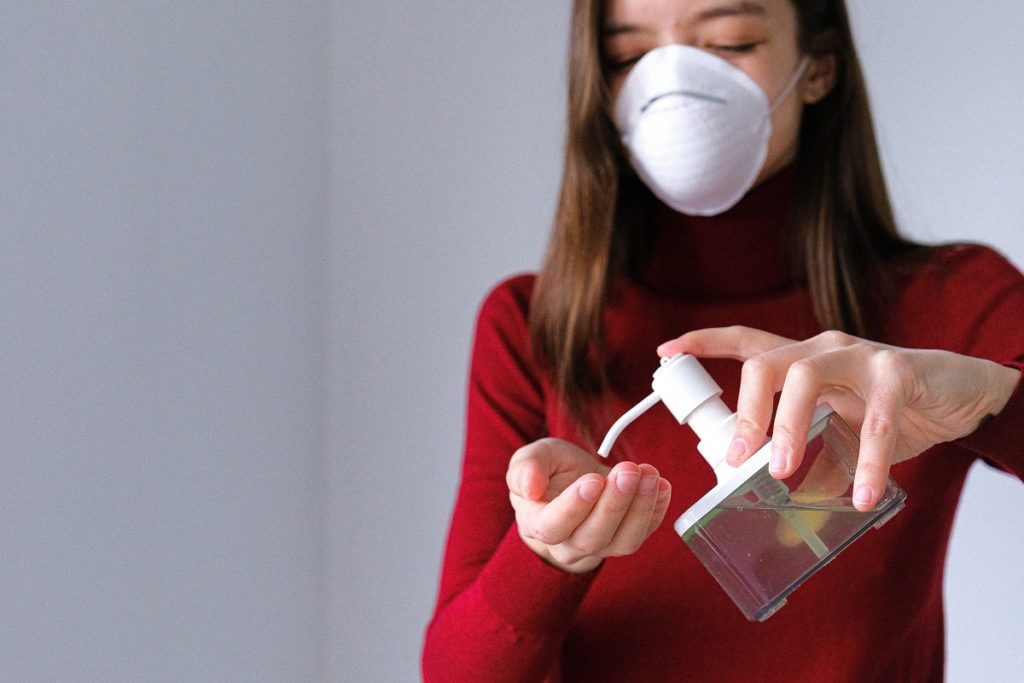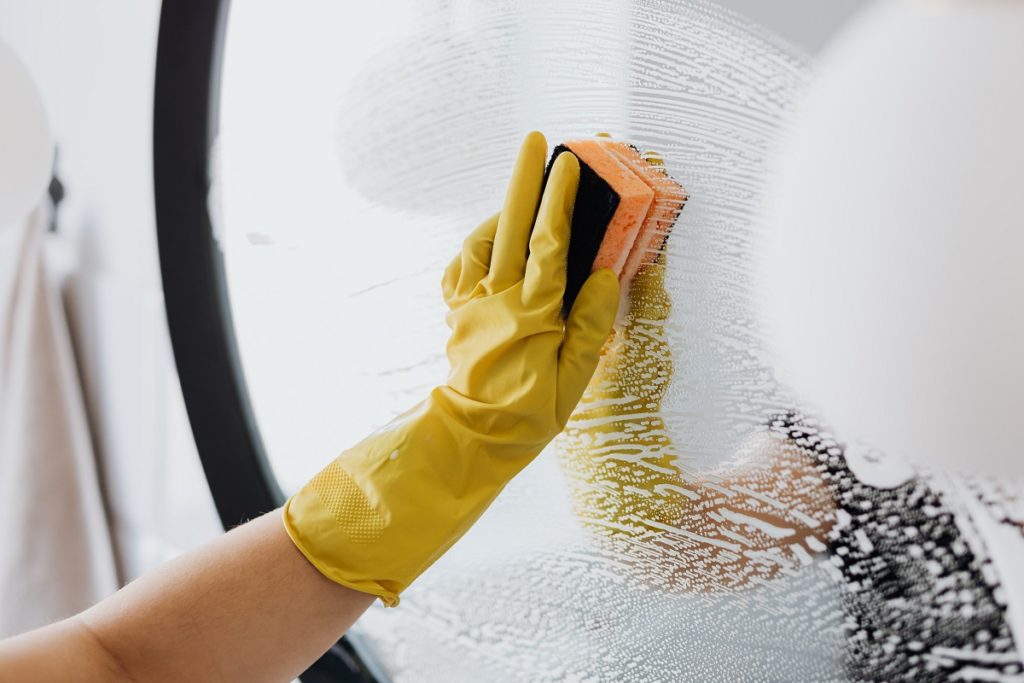The pandemic that defined the year 2020 has made everyone scared of viruses they can catch outside. Individuals who were used to going out are now confined inside their homes to prevent spreading and catching COVID-19. However, there are errands you need to do outside, such as grocery shopping or going to work. A sanitation station is essential for everyone who frequently goes out, and we prepared this complete guide to help you make your own.
Everything You Need to Know to Make Your Own Sanitation Station
Sanitation stations aim to sanitize and disinfect everyone before they enter your house. This station is an essential precaution to prevent the virus from infecting your children, family, or yourself. Listed below is the complete guide in setting up your sanitation station.
Supplies You Need for a Sanitation Station
The general design of a sanitation station is an all-in-one area where you can quickly disinfect and sanitize yourself. In general, they contain the following:
- A table or a mobile trolley where you can put your sanitizing equipment.
- Sprayers with alcohol and disinfectant. The EPA recommends using at least 70% isopropyl alcohol.
- An outdoor sink where you can wash your hands. If you don’t have an outdoor sink, consider hiring commercial washroom installation services. Washrooms can also help you prevent other viruses.
- Disinfecting mat and a foot bath.
- Makeshift changing room and hamper.
- Portable UV sterilizer for your electronics.
- A dedicated trash can for face masks, gloves, wet wipes, and other disposable medical equipment.
Where You Should Place Your Sanitation Station
Ideally, your station should be placed outside your front door or right before you exit your house (we recommend the former). Setting your station outside is better since everyone can disinfect themselves before entering the house, has less chance of spreading bacteria, has access to natural light, and there’s more space with which to work.
If you don’t have access to an outdoor area, an indoor station will significantly benefit you. Place the indoor station as close as possible to the doorway, as long as it isn’t blocking the passage, and set it up near the shoe rack or coat rack.
What You Need to Clean
You need to clean everyday items that you frequently touch. When going shopping, for example, you need to touch various surfaces that potentially contain harmful viruses. Hence, it’s essential to clean the following:
- Cell phones
- Keys
- Shoes
- Jackets
- Clothes
- Backpacks
- Grocery bags
- Packages
- Purses
Where to Store Contaminated Materials
Storing contaminated materials inside your house defeats the purpose of your sanitation station. Consider putting up a dedicated table or clothes hooks to place the outfit you wore outside. We recommend using a table since it can accommodate multitudes of items, quick to clean up, and easy to organize materials. It’s essential to dedicate this storage equipment for contaminated items only, don’t place clean materials here.
Dirty shoes can go under the table or on a designated shoe rack for shoes you frequently use outside. Place these besides a disinfecting mat so you can easily clean them before storage.
The Principles of Disinfecting
The process of thoroughly cleaning your belongings isn’t as simple as spraying your alcohol all over the item. It’s relatively more complicated than that. After all, we made a sanitation station to protect ourselves from the virus; haphazardly cleaning your belongings defeats the purpose of sanitizing.

Proper Usage of Chemicals
First of all, use chemical disinfectants safely. Chemicals can mess up your body if you’re not careful when handling them.
Always ensure you are wearing gloves when handling chemicals. Consider wearing glasses or goggles, too, when handling chlorine or if you’re particularly sensitive to chemicals.
- Make sure you have adequate ventilation when sanitizing. If you placed your sanitation station outside, you’re good to go. If not, open windows and doors to prevent chemicals from lingering inside our home.
- Store chemicals out of the reach of pets and children. Alongside this, only use chemicals when your children aren’t near you. And;
- Never mix disinfectants. You might not be thoroughly familiar with these powerful chemicals. Mixed chemicals can create a strong chemical reaction that can damage your lungs.
Cleaning Guidelines
There is no single correct way to clean your belongings. It’s essential to follow manufacturer instructions and recommendations for cleaning. In general, you should always:
- Wear disposable gloves or reusable gloves that you have designated for cleaning.
- If applicable, clean surfaces using soap and water first before using alcohol.
- Launder all clothes when used outside. Laundering clothes are better than using a disinfectant.
- Clean and disinfect clothesline and hampers with soap and alcohol, respectively.
- Periodically wash your hands thoroughly with soap.
- Cleaning electronics are pretty tricky since most mobile phones can’t be submerged underwater. Hence, we recommend putting a wipeable cover to make disinfecting easier.
Setting up your sanitation station can significantly help you prevent catching any viruses you can get outside. Protect yourself and your family by following the guide above. Stay safe!


